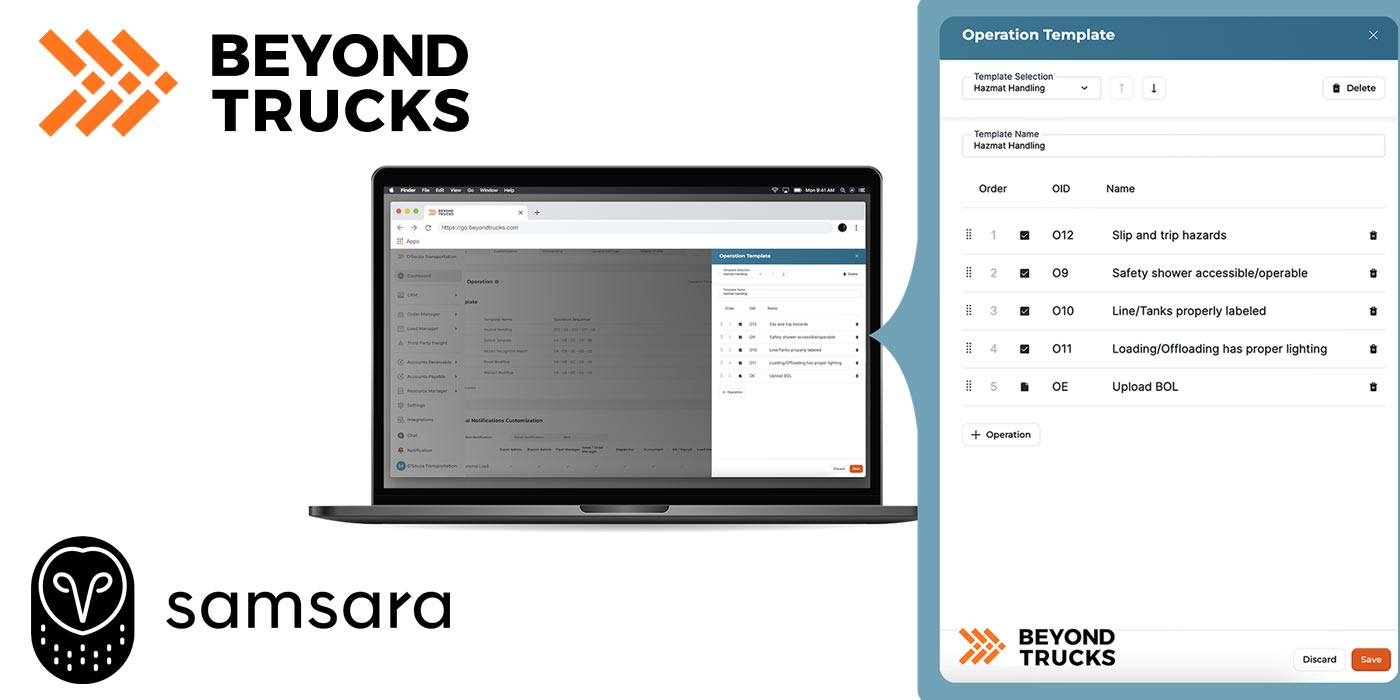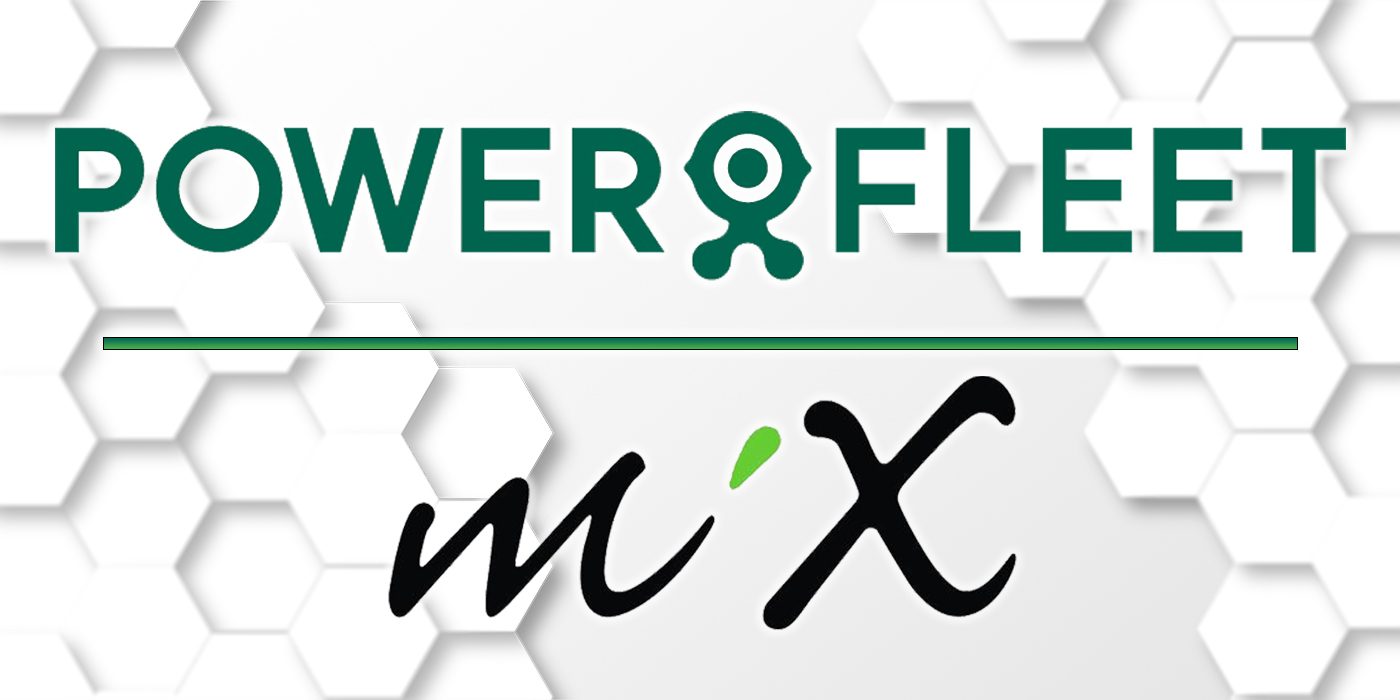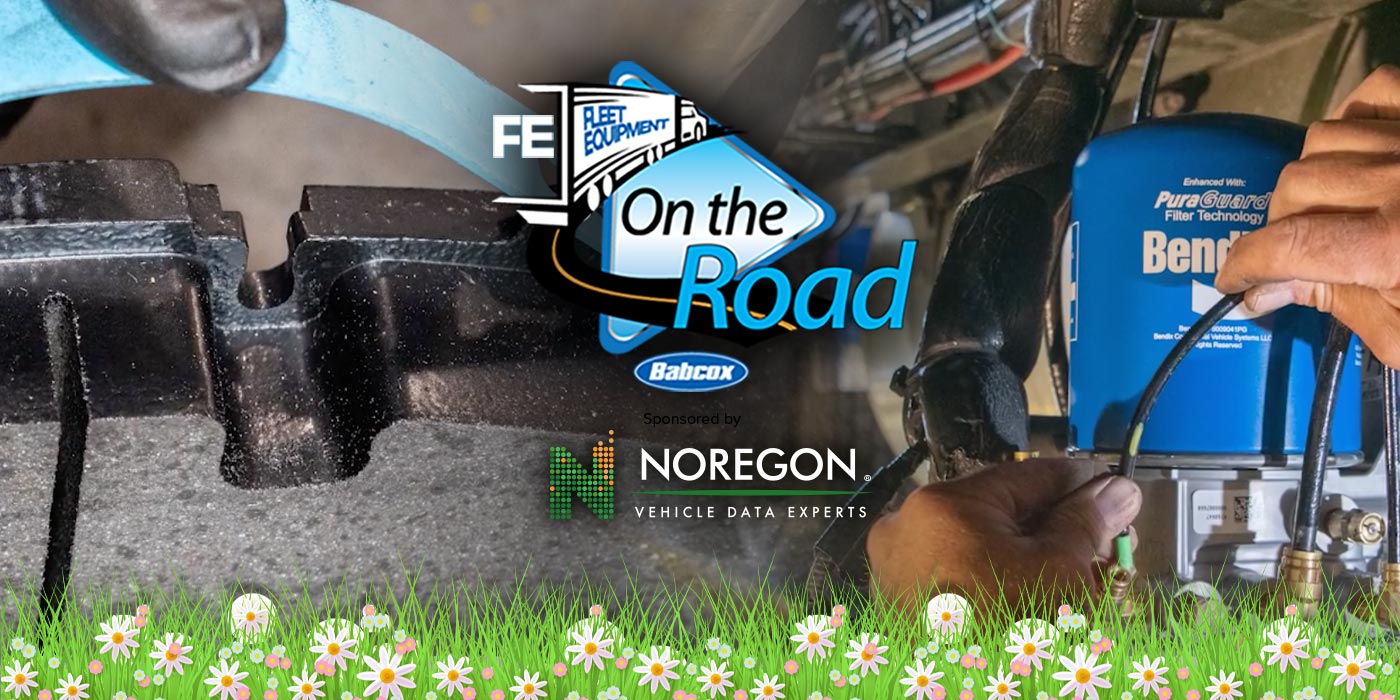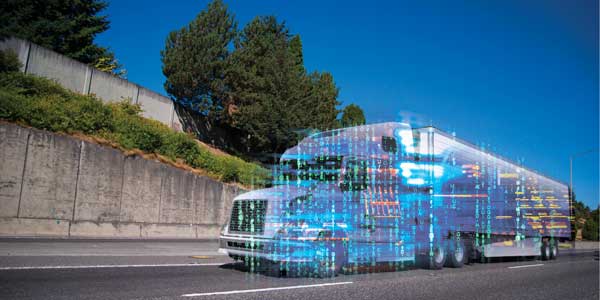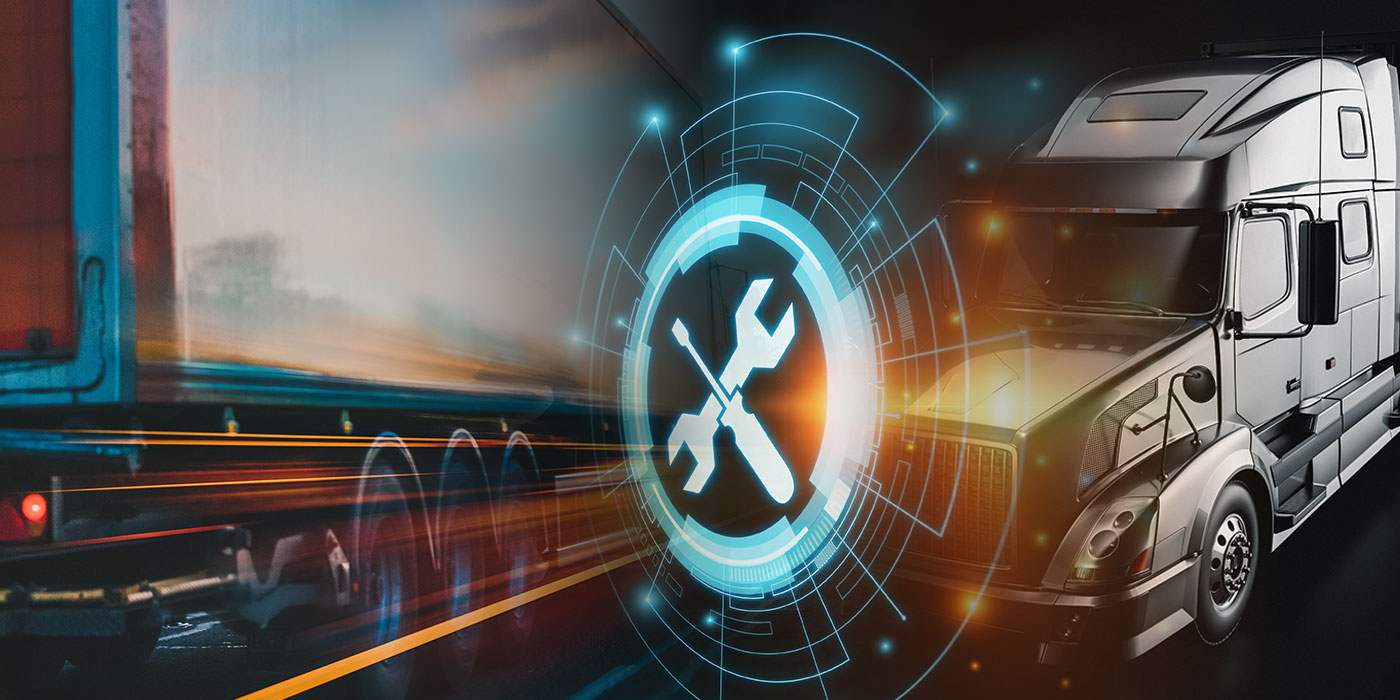Bendix Commercial Vehicle Systems LLC (Bendix) is sharing insights on what the people behind the wheel may experience from today’s collision mitigation technology on slick surfaces, and tips on staying safer on the roads this winter. The company says systems like Bendix Wingman Advanced and Wingman Fusion are built upon full-stability control, which has been required on most new Class 7 and 8 air-braked tractors in the U.S. since 2017. Full-stability technologies like Bendix Electronic Stability Program (ESP)–generally known in the industry as electronic stability control (ESC)–are designed to help drivers mitigate rollovers. Importantly, they’re also engineered to potentially help a driver in some loss-of-control, or some loss-of-vehicle-traction, conditions that can be experienced during wintry weather.
Collision mitigation systems may help drivers mitigate forward crash situations by reducing the throttle and/or applying the brakes when the system detects a potentially threatening forward collision, the company says. The difference is that instead of a driver physically stepping on and off the pedals to engage and disengage the brakes and throttle, a collision mitigation system may deliver the interventions using electronics in the braking system.
Using input gathered by radar, camera, and system sensors, a collision mitigation system’s electronic control unit (ECU) continuously assesses the vehicle’s situation. If the system determines a forward collision is imminent, then it sends signals to the brake controller, which may reduce the throttle and/or apply the brakes. Prior to cutting the throttle and braking, collision mitigation technology may deliver in-cab alerts as the gap between the truck and a forward vehicle closes. It may also provide an alert before intervening.
It’s important to keep this point in mind: Safety technologies complement safe driving practices. No commercial vehicle safety technology replaces a skilled, alert driver exercising safe driving techniques and proactive, comprehensive driver training.
So, in terms of road conditions, collision mitigation systems are subject to the same laws of physics as a driver: What happens when you apply the brakes on a slick surface – a surface with the potential loss of vehicle traction? The vehicle slows and eventually stops. If skidding starts to occur, then the ABS and stability control systems may intervene to help the driver keep control in some situations.
The same is true for a collision mitigation system. The obvious difference is that when either the driver or the collision mitigation technology is braking on a slick surface instead of a dry surface, the vehicle requires more time and distance to come to a stop. This statement is worth repeating – time and distance are critical in terms of the system detecting the situation and braking on slick surfaces.


